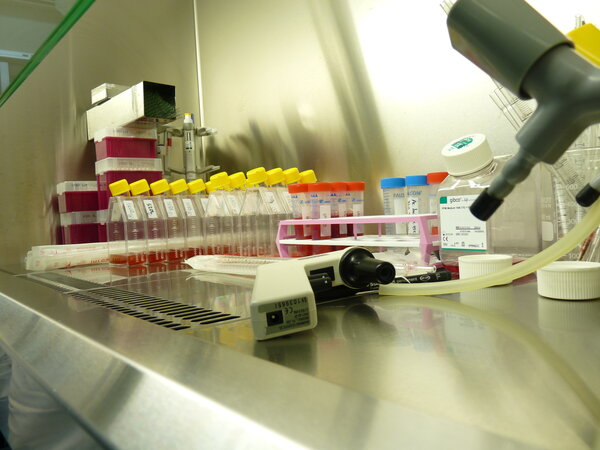P. vivax blood stage treatment
P. vivax blood stage malaria treatment: chloroquine, artemisinin & quinine
In most endemic countries, chloroquine remains the first-line treatment for P. vivax malaria. However, chloroquine resistance has been detected in many regions and in some cases has been replaced with artemisinin-based combination therapies (ACTs). Note that ACTs are also the first-line therapy for P. falciparum malaria.
In areas of chloroquine resistance, P. vivax malaria in adults and children is treated with ACTs, except for pregnant women in their first trimester who should be treated with quinine.1
Detecting chloroquine resistance is complicated by the inability to differentiate between recrudescence caused by ineffective treatment, versus relapse or reinfection (see P. vivax relapses). Thus, recurrences before day 28 can be considered treatment failures, assuming that adequate chloroquine plasma concentrations were achieved. Thus, to estimate chloroquine resistance the following is required:2
- Supervised therapy with an 8-aminoquinoline.
- Clinical and parasitological follow-up until day 28.
- Chloroquine plasma concentrations at day 28.
P. vivax patients should not only receive chloroquine or an ACT, but these should be given in combination with an 8-aminoquinoline (primaquine or tafenoquine) to achieve radical cure and prevent relapses (see P. vivax relapses), unless there are restrictions to 8-aminoquinoline therapy (see restrictions of use for primaquine and tafenoquine).
